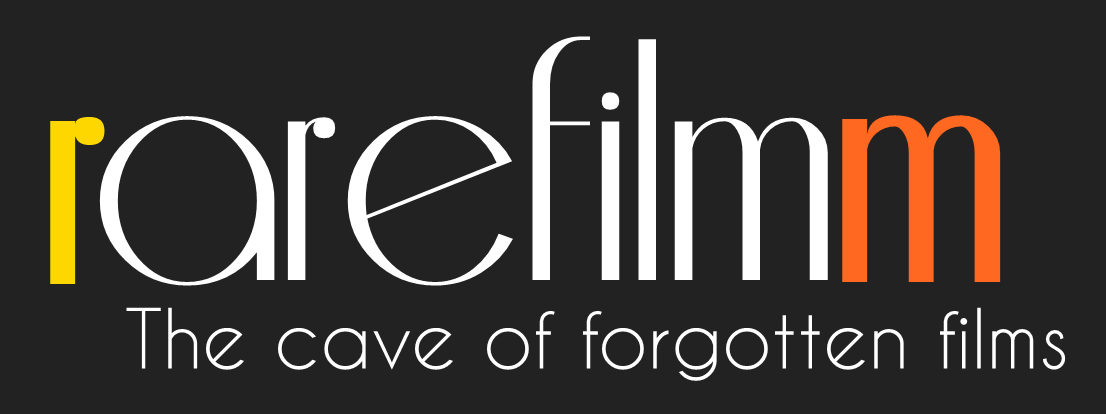This film is based on the famous horror story by Ambrose Bierce. It tells of a hunter whose young wife dies of fever. Her grief stricken husband prepares her body for burial, but during the night the forces of nature intervene to create a horrific and macabre ending.
Category: Short
Edward Monskii, is in a very bad shape, and Botter Gaarman, obviously tired, are in the terrace of a coffee of a Mediterranean city, ready for a long time prepared mission. When a quite old man, Ernest Carpentier, joined their table, the situation becomes tense and dangerous.
A split screen shows two tightly synchronized, “impossible” shots of the same scene: a moving POV camera showing what the central character is looking at, and a stationary wide shot, both framing the entire action simultaneously. The deliberate positioning of the static, detached view above the erratic, close-up subjective POV of the central character lends an uneasy feeling to it. At the start of the film, we see the central character’s dream before he wakes up and comes out onto his balcony in the top screen (the bottom screen becomes his POV looking out the window, in sync with the top view.) Set in West Vancouver, BC.
This film is a playful depiction of the festivities around the performance If All Trains of the World by Alex Mlynárčik on June 12, 1971. Still photography, live action, interviews, old etchings and archive footage of old train journeys are skilfully blended to create a sympathetic and humorous portrait of the romance of an old steam train and the joy of artists and the general public in participating in this children’s game for adults. Once again, the avant-garde is imaginatively used to eulogise over traditional values and the past. Deň radosti is important not just for the considerable pleasure it brings; it is the first of a series of films in which artists use film to document happenings.
An orphan girl chooses an old book from a box of donated charity items. In this book, she reads a story that she makes her own. When she collides with an old man, the story comes to life…
“There is a World in one of those far off stars sand things do not happen there as they happen here”. A love story with a twist, set on a distant planet.
An American Vietnam serviceman arrives on a 5 day R&R leave in Sydney. He meets a local girl and they enjoy their short time together.
Horror, but with a comedic twist? Tadeusz Wilkosz decided to tell the story of abandoned objects from the attic. The titular sack goes on a rampage of destruction and begins to devour the numerous junks gathered there. Will the red beast devour all the things scattered in the attic? Puppet animation made at the Studio Małych Form Filmowych “Se-Ma-For” in Łódź.

 For any questions or requests you can always find me at rarefilmm@gmail.com. Stay tuned for those new movies! Thank you once again for all the love and support and thanks a lot to everyone who keeps spreading the word about the site, the rarefilmm community is truly amazing, I'm very grateful for all your love and support
For any questions or requests you can always find me at rarefilmm@gmail.com. Stay tuned for those new movies! Thank you once again for all the love and support and thanks a lot to everyone who keeps spreading the word about the site, the rarefilmm community is truly amazing, I'm very grateful for all your love and support 
